In the field of medical precision injection molding, mold bite problems directly affect product yield and patient safety. A well - known manufacturer of orthopedic implants once suffered from bite marks on 30% of the surface of joint prostheses due to mold bite, resulting in direct economic losses of over 5 million yuan. Based on industry practices and cutting - edge technologies, this article systematically sorts out five core strategies for preventing mold bite in medical plastic molds, providing practicable solutions for practitioners.
I. Material Science: Building a Physical Barrier Against Mold Bite
Medical mold materials need to balance biocompatibility and mechanical properties. For sliding components, a bimetallic composite structure is recommended: a core layer made of SKD11 mold steel with an HRC of 52 - 55 ensures rigidity, and a surface layer coated with 0.2mm thick C17200 beryllium copper alloy. This combination achieved 120,000 consecutive molding cycles without bite in a cardiac stent mold, tripling the service life compared to traditional single - material molds.
Lubricant selection requires breaking through traditional thinking. Molybdenum disulfide solid lubricant coatings remain stable in the temperature range of - 180°C to 450°C. When combined with nanoscale PTFE micropowder, the friction coefficient can be reduced to below 0.03. An insulin pen needle mold using this solution reduced the sliding resistance of the ejector pins from 120N to 35N, with a zero bite rate.
II. Structural Optimization: Eliminating Stress Concentration from the Source
1. Dynamic Compensation Design
In the angle - pin core - pulling mechanism, elastic elements are incorporated to absorb the fluctuations in injection pressure through pre - compression deformation. A respirator mask mold applying this technology maintained a parting - surface misalignment of less than 0.005mm under an injection pressure of 300MPa.
2. Bionic Cooling System
Drawing inspiration from the groove structure of shark skin, 0.1mm deep spiral cooling grooves are machined on the surface of the mold core. Compared to traditional straight - through water channels, this design improved the mold temperature uniformity by 40%. An artificial joint mold thus eliminated 0.03mm deformation caused by thermal stress.
3. Anti - fool Positioning Mechanism
A compound structure combining tapered positioning and magnetic assistance is used, achieving a repeat positioning accuracy of 0.002mm in an ophthalmic implant mold. Coupled with a photoelectric induction device that automatically stops the machine when the positioning deviation exceeds 0.005mm, wrong - position bites are completely prevented.
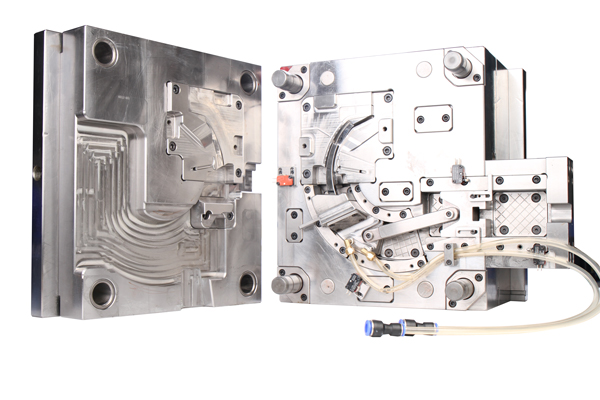
III. Process Control: Creating a Closed - loop Precision Manufacturing System
1. Ultra - precision Machining
Five - axis simultaneous high - speed milling technology is employed to control the surface roughness of the mold cavity below Ra0.05μm. After electrolytic polishing, an oxide chromium passivation layer of 10nm is formed on the surface of a vascular stent mold, improving the bite resistance by 5 times.
2. Intelligent Injection Molding Parameters
An AI - based process database is established to monitor 12 parameters such as melt temperature and injection speed in real - time. In the production of an implantable defibrillator housing, the system automatically adjusted the holding pressure time from 8s to 6.5s, reducing the peak pressure on the mold by 28%.
3. Online Monitoring System
Acoustic emission sensors and infrared thermal imagers are integrated to capture abnormal mold vibrations and temperature anomalies in real - time. A mold for an implantable neurostimulator detected signs of ejector pin jamming 23 minutes in advance through this system, avoiding 800,000 yuan worth of mold damage.
IV. Maintenance System: Building a Preventive Maintenance Model
1. Hierarchical Maintenance System
-
Daily: Use a laser interferometer to detect the straightness of guide posts, and replace them immediately if the error exceeds 0.003mm
-
Weekly: Perform laser cladding repair on sliding parts, with a coating thickness controlled at 0.08 ± 0.01mm
-
Monthly: Use industrial CT scanning to detect internal cracks in the mold, with a detection accuracy of 0.01mm
2. Lubrication Management Plan
Establish a lubricant consumption model to automatically replenish lubricants based on the number of molding cycles. A mold for a hemodialzer reduced lubricant consumption from 15ml per thousand molding cycles to 6ml per thousand molding cycles through this system, while the bite rate decreased by 72%.
3. Digital Spare Parts Inventory
Use blockchain technology to manage mold spare parts, enabling full - lifecycle traceability from raw materials to finished products. A multinational medical enterprise shortened the spare part replacement time from 4 hours to 45 minutes through this system, increasing the overall mold utilization rate by 35%.
V. Cutting - edge Technologies: Opening a New Era of Intelligent Protection
1. Self - healing Coatings
Develop DLC coatings containing microcapsule repair agents. When the coating is worn and the microcapsules are exposed, epoxy resin automatically flows out to fill scratches. Laboratory tests show that this coating can extend the mold service life to over 2 million molding cycles.
2. Digital Twin Technology
Create a virtual twin of the mold and use finite element analysis to predict bite risk points. A mold for an artificial cochlear implant shortened the design iteration cycle from 6 weeks to 10 days and reduced development costs by 40% through this technology.
3. Additive Manufacturing Innovation
Use laser selective melting technology to manufacture conformal cooling water channels, improving the mold cooling efficiency by 60%. A mold for dental implants reduced the production cycle from 45s to 28s through this technology while eliminating bite hazards caused by uneven cooling.
Conclusion: Building a Protection Ecosystem for Medical Molds
Preventing mold bite has evolved from a single technical issue into a systematic project. A multinational medical enterprise established a "design - manufacturing - maintenance" three - dimensional protection system by integrating material science, intelligent manufacturing, and big data analysis, achieving an excellent performance of zero mold bite accidents for three consecutive years. In the context of strict regulation in the medical industry, only by driving quality improvement through technological innovation can enterprises stand out in the fierce market competition.
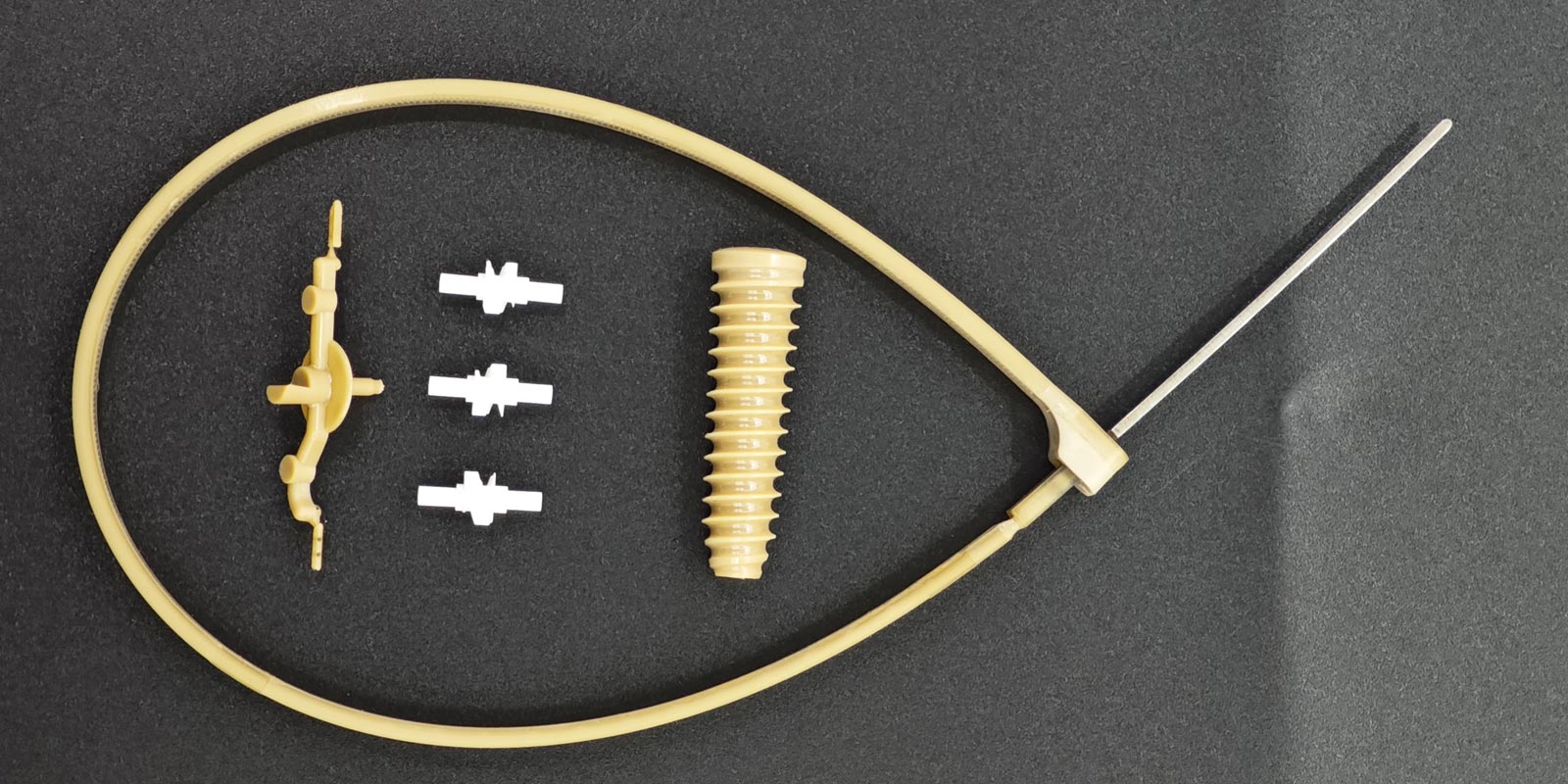
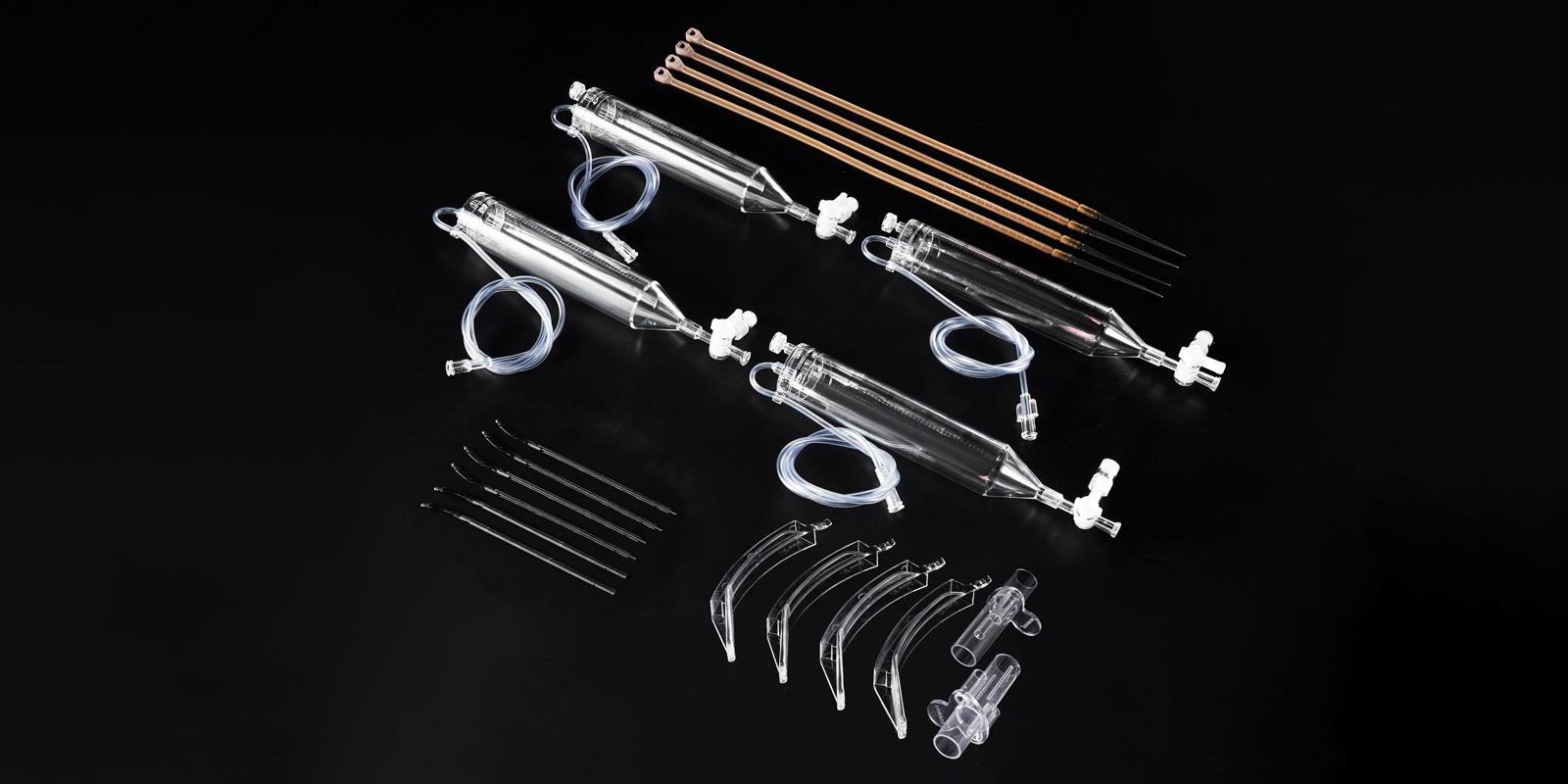
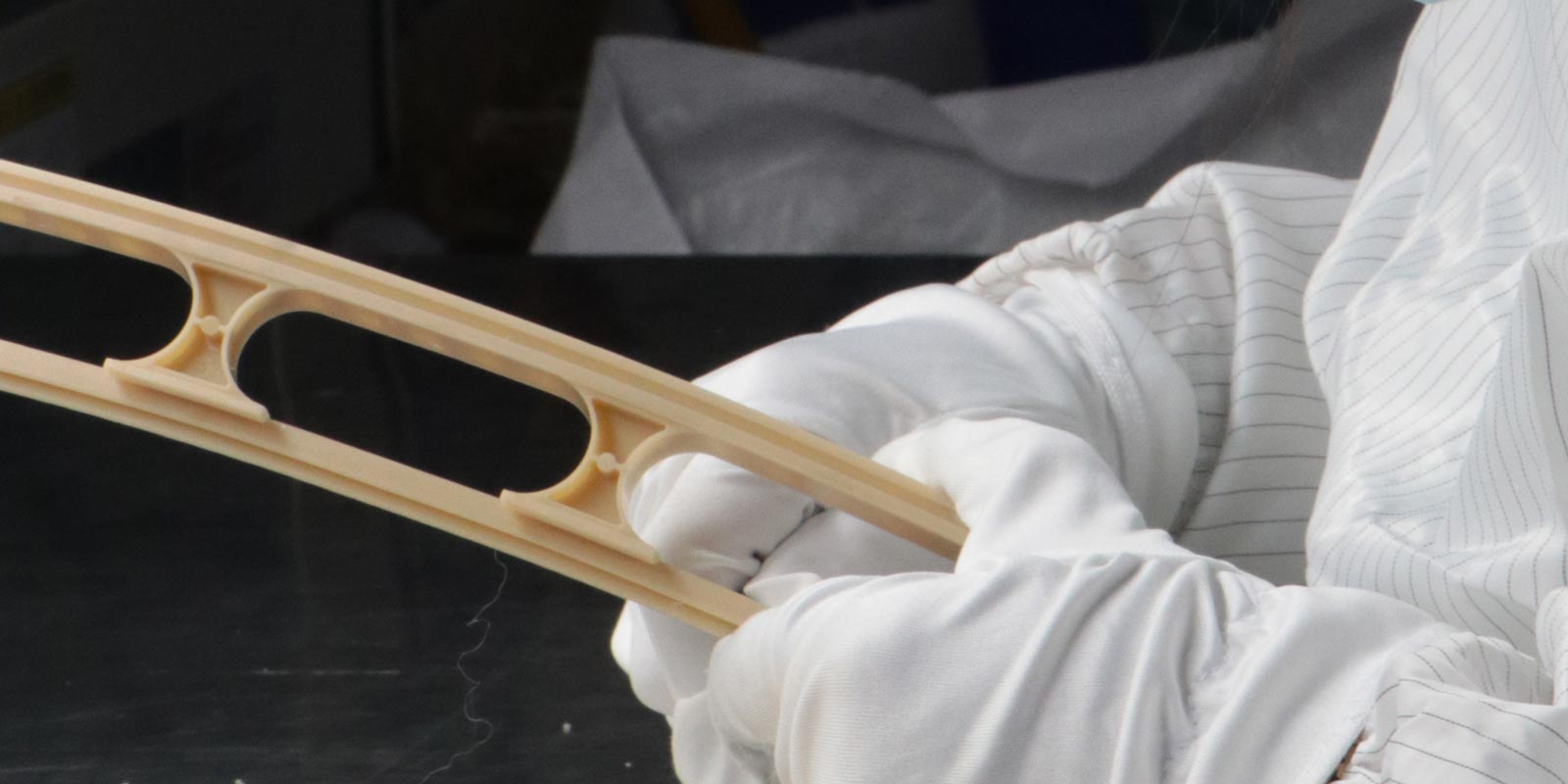
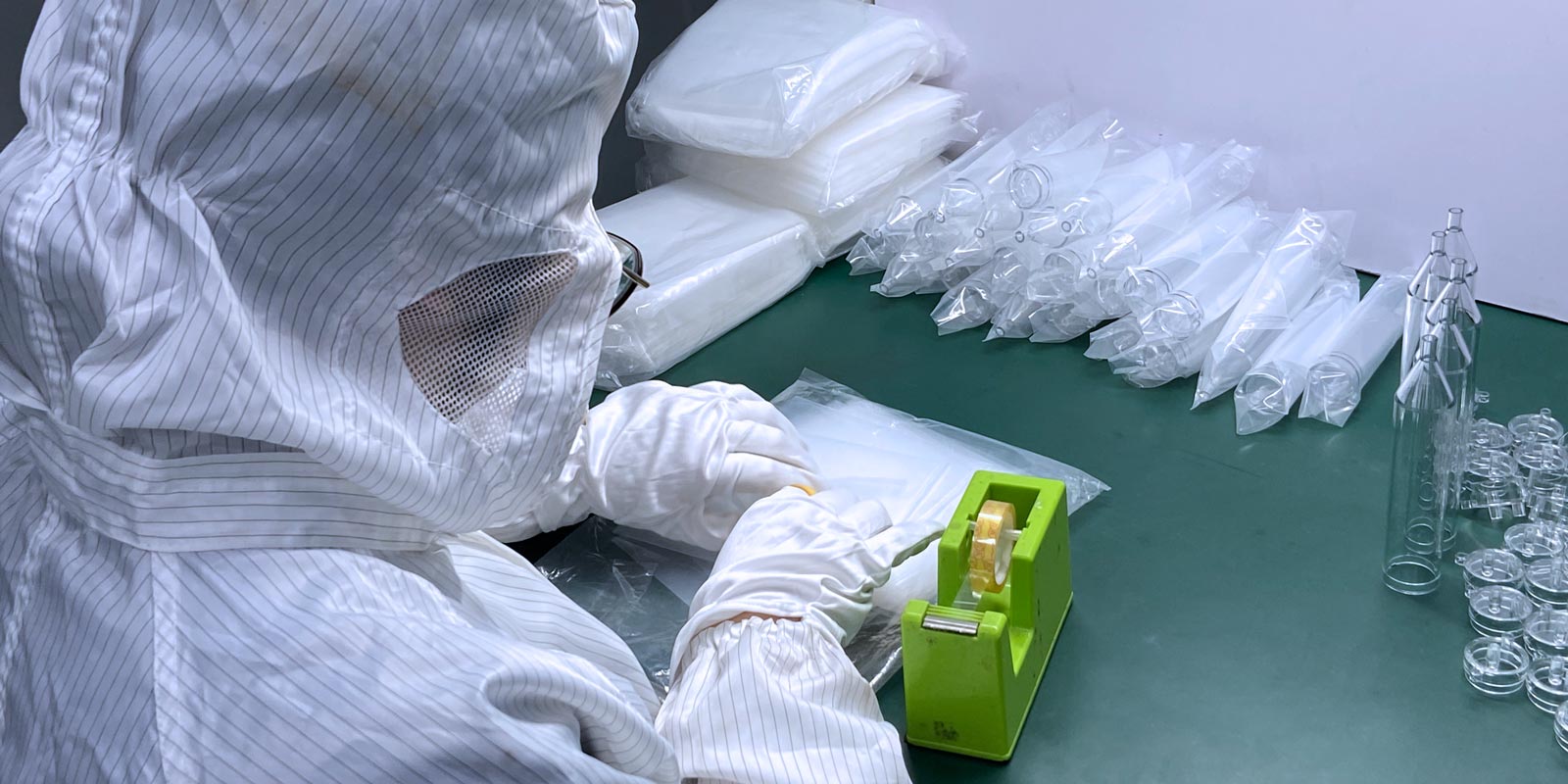
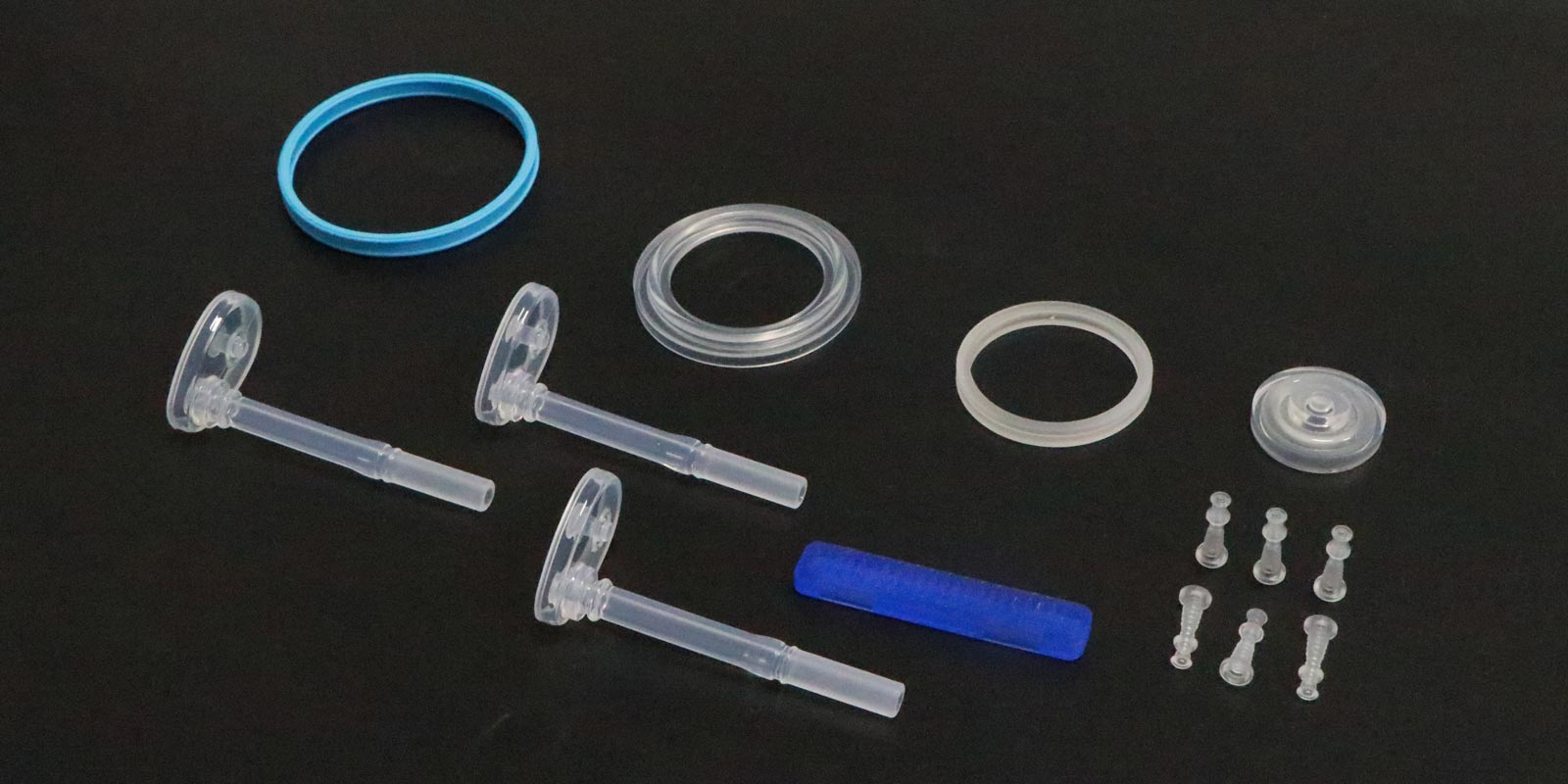

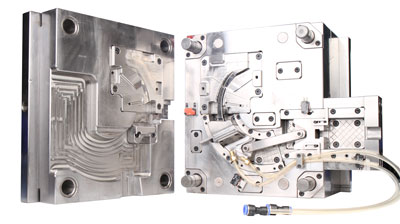
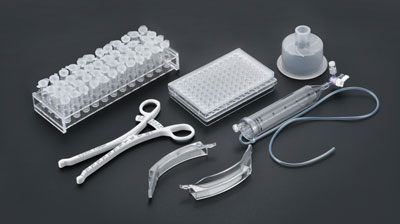








 Home
Home
